Donald Trump:
So our farmers can do well. They’ll be planting. They’ll be able to sell for less, and they’ll make the same kind of money until such time as it’s all straightened out.
Frederica Freyberg:
President Donald Trump pledges to support American farmers during the tariff standoff with China. I’m Frederica Freyberg. Tonight on “Here & Now,” how Wisconsin farmers are weathering the tariff storm. The lame duck case gets a state Supreme Court hearing. Zac Schultz reports on the pros and cons of Medicaid expansion in Wisconsin, and bipartisan support for a bill that would provide funding for trauma informed care programming. It’s “Here & Now” for May 17.
Announcer:
Funding for “Here & Now” is provided, in part, by Friends of Wisconsin Public Television.
Frederica Freyberg:
A first look tonight at how the U.S. trade war with China is heating up and has Wisconsin farmers in the cross hairs. President Donald Trump just raised tariff rates on $200 billion of Chinese imports to 25% and threatens to impose way more. China has retaliated in kind, targeting $60 billion worth of U.S. goods including commodity crops like corn and soybeans for its own import tariffs. Tonight, we check in with president of the Wisconsin Farmers Union, Darin von Ruden, he’s in La Crosse. Thank you for being here.
Darin von Ruden:
Thank you, Frederica.
Frederica Freyberg:
Now I understand these new Chinese tariffs would go into effect in June. Which farmers in Wisconsin would be most affected?
Darin von Ruden:
Certainly, as you mentioned, the corn and soybean producers are going to be most affected directly, but in the whole scheme of things, pretty much all of agriculture’s going to be affected because when you look at what the drop in prices that farmers are going to receive here for those commodities that also affects everything else around them, dairy, beef, pork, chickens. They are all going to see something eventually from this action.
Frederica Freyberg:
How big a crop are soybeans and corn in Wisconsin?
Darin von Ruden:
So Wisconsin corn is, you know, it’s nothing compared to what Iowa or Nebraska has, and here in state, too, a lot of our corn actually gets fed back into the dairy herds or the beef herds, but there’s been an increasing pressure on the — especially on the corn side, the ethanol industry has seen — and will probably be seeing what this newest round of tariffs that are going into effect, based on a lot of by-products from the ethanol industry to China for animal feed consumption over there. And that’s going to be one of those targeted markets. That’s not going to be able to do that anymore. So that’s going to put downward pressure on prices to farmers that are producing the corn here in the state.
Frederica Freyberg:
Now, these latest tariffs are on top of U.S. tariffs imposed in 2018 that set off retaliatory tariffs from Mexico, Canada, Europe and China on American dairy products. What did those do to Wisconsin exports and farm income?
Darin von Ruden:
So farm income did drop, you know, in that 5% to 10% range initially. It has come up a little bit more recently, but a lot of that is due to less production here in the United States. So, you know, that will have an effect. You know, it’s probably, as farmers are seeing and saying too, is that the short term effect really actually could be long term when you look at having satisfied customers and all the sudden that customer doesn’t like what you’re doing because of the tariffs or the market that’s going on. How long is it going to take for you to get back to that market?
Frederica Freyberg:
The Trump Administration did give some $12 billion in government aide to farmers to offset tariffs with more now promised. How much did that assistance help here in Wisconsin?
Darin von Ruden:
So, on the corn side, it was really peanuts, probably the best explanation. You know, a penny a bushel. You know, most corn growers are spending 5 cents a bushel on advertising. So it didn’t even cover a quarter of their advertising bill. Dairy, we received 6 cents a hundred weight. And our advertising bill is 15 cents per hundred weight. So, you know, in the grand scheme of schemes, yes, it was dollars that were needed, but it was not nowhere near what the drop in the price that farmers received was. You know, dairy, we dropped 85 cents in that first month and got 6 cents back. So, you know, is that really there, you know, the frustration that I’m hearing and feeling across the state of Wisconsin now with the new proposed $15 billion is that they’re going to use the same formula that they did back in 2018. And that was heavily weighted towards soybeans because soybeans was the initial big loser in that process, but now we’ve all lost in this process. And for them to use that same formula, it’s really not going to be good for all commodities. You know, soybeans will do all right, but the rest of us are going to be struggling.
Frederica Freyberg:
Meanwhile, this trade war comes on top of deflated milk prices that are driving record numbers of dairy farmers to go out of business or declare bankruptcy in Wisconsin. How on edge are farmers across the state in the midst of all of this?
Darin von Ruden:
Very on edge. You know, it’s a daily struggle just to get the work done that needs to be done on the dairy farm, but then when you go in and look at your books and after the first day of the month, you have no money left and you’ve got 29 days left, what do you do? It’s a struggle. There’s divorces that are happening. Suicide rate is way up. You know and it’s about economics, and how do we get those dollars to come back into the farmers’ pockets that the consumers are paying?
Frederica Freyberg:
Very briefly, but with a big question, you’re a dairy farmer and represent many more. From your perspective, what is the fix here?
Darin von Ruden:
Well, we certainly need to have a better distribution network. You know, there’s parts of the United States that don’t have good dairy products in them. And that’s a big thing, but we also need to look at how do we control supply. You know, is probably the best thing to do. You know, we’re using our own natural resources, water and other things in this country, that we’re either throwing away or not being able to use, and so why don’t we take a good look at how we can control our supply and use less of our natural resources, number one, to feed our own people, and then if there is excess and it’s needed around the world, then we have that ready for that market.
Frederica Freyberg:
All right. We need to leave it there, Darin von Ruden, thanks very much for joining us on this.
Darin von Ruden:
Thank you Frederica.
Frederica Freyberg:
Now to the state Capitol where the Supreme Court heard oral arguments in the lame duck lawsuit on Wednesday. The lawsuit filed by the League of Women Voters and other plaintiffs claims the December lame duck session during the final days of the Walker Administration was illegal saying the state Constitution does not specifically allow legislators to convene in an extraordinary session. Lawyers for the Legislature say it was constitutional. Laws passed during that session included rules that limit some powers of the state attorney general and governor.
Misha Tseytlin:
Nothing Legislature did in December 2018 violated the Wisconsin Constitution.
Jeffrey Mandell:
The Legislature’s being very fast and loose with the words of the statutes, the words of the Constitution, the words of this court.
Frederica Freyberg:
The majority Republican Legislature whose lame duck laws are at issue before the high court was in session this week where the state Assembly passed what they call the “born alive antiabortion” bill that would require that doctors care for babies who survive late term abortions under the penalty of prison time. Opponents say babies are almost never born alive after an abortion, but in that event, doctors must and do care for them. Supporters say they just want to assure such babies get care. Governor Tony Evers says he will veto the measure which now heads to the state Senate.
In budget news, the state is projected to see $750 million more in tax revenue over the next two years than previously estimated. Governor Evers says he wants to use $56 million to pay off debt, put $33 million in tech colleges and training, and put the remainder into the state’s rainy day fund. Republicans are split between putting it all away or using some of it for roads or building maintenance.
One proposal that is no longer in the budget is Medicaid expansion. But that doesn’t mean the debate is over. Governor Evers has said he will continue to fight for expansion which would provide coverage for 82,000 people and bring in $324 million in additional federal dollars to help pay for other healthcare programs. “Here & Now” reporter Zac Schultz explains what Medicaid expansion would mean for healthcare providers and why not everybody is sure expansion is in their best interest.
David Mertens:
Okay. Once again. Good.
This is an opportunity to contribute and to pay back.
Zac Schultz:
Dr. David Mertens is retired, but two or three Thursdays a month, he volunteers at the Chippewa Valley Free Clinic.
David Mertens:
But you realize that you’re serving a population that really does have a need.
Zac Schultz:
The clinic provides medical, dental, and vision care for anyone without insurance. Dr. Mertens says his patients have similar stories.
David Mertens:
They cannot afford insurance, or they’re not eligible, or maybe next year when I get back to work.
Maribeth Woodford:
Right now, we’re serving those that are considered amongst the working poor.
Zac Schultz:
Maribeth Woodford is the executive director. Anyone under the federal poverty level would qualify for BadgerCare, Wisconsin’s version of Medicaid.
Maribeth Woodford:
Past that, there are many who fall through the cracks. Can’t quite afford the insurance plans that are out there.
Jo Conklin:
This is Jo Conklin at the Chippewa Valley Free Clinic and you wanted to make an appointment?
Zac Schultz:
Woodford says expanding Medicaid eligibility to 138% of the federal poverty level would mean about 20% of her patients would gain coverage. And she’d be happy to see them go.
Maribeth Woodford:
So we keep things going, especially with chronic disease treatment, but we aren’t available every day to them. They would have that with advanced or increased Medicaid.
Zac Schultz:
Some of them would likely end up at Marshfield Clinic.
Susan Tierney:
We’re all about access to patient care, certainly having coverage is important.
Zac Schultz:
Susan Tierney is the CEO and says while they’ll serve whomever walks through their doors, they’re not ready to endorse Medicaid expansion.
Susan Tierney:
Until we know the impact, it’s hard for us to come forward and support something. We want to be very cautious about it.
Zac Schultz:
Tierney says part of the problem is Medicaid’s reimbursement rate, the amount of money the government pays the healthcare provider vary based on the service, but in general, it’s quite low.
Susan Tierney:
We know what the cost of care is, and we know that Medicaid does not cover the cost of care.
Zac Schultz:
Tierney’s other concern is a flood of new Medicaid patients might not even be new patients. Currently, anyone earning between 100% to 138% of the federal poverty level, under $35,000 a year for a family of four, can buy private health insurance on the Affordable Care Act marketplace. And much of the insurance premiums are subsidized by the federal government. If they gain coverage under Medicaid expansion, those subsidized premiums will stop. Marshfield Clinic has a health plan called Security Insurance, that is part of the ACA marketplace. Tierney says about 5,000 Security Insurance customers would qualify for Medicaid under the expansion.
Susan Tierney:
So when you have a fully insured patient and they move to a government funded program that pays much less for the care, the math would suggest that you’re going to get less reimbursement.
Zac Schultz:
Tierney says those 5,000 patients cost more than other patients.
Susan Tierney:
That core 5,000 people are very important. And we know that they are a little bit sicker population than what one might expect on the exchange. They are a little older, a little sicker, and are utilizing more services so there are pretty vulnerable populations.
Tony Evers:
I’ve said all along we need to expand Medicaid in Wisconsin, and according to a recent Marquette Law poll, 62% of Wisconsinites agree.
Zac Schultz:
Governor Tony Evers’ budget says Medicaid expansion would cover 82,000 people. Donna Friedsam is the director of the University of Wisconsin’s Population Health Institute and an expert on health care.
Donna Friedsam:
I estimate about 39,000 of those people would be coming from a current status of uninsured and gaining new coverage under this expansion. And then additional, about 35,000, 36,000 of them would be coming from currently participating in the Affordable Care Act marketplace.
Zac Schultz:
So would Medicaid expansion and up costing healthcare providers? A recent study by a UW economist and a conservative interest group says yes. It could cost $600 million a year, but a second study by UW researchers using the same data says the first study used flawed methods. They determined Medicaid expansion will save healthcare providers $100 million a year. Mostly by avoiding the uncompensated healthcare they provide the uninsured.
Donna Friedsam:
I think many people believe that that first study was bad science.
Zac Schultz:
Tierney says Marshfield Clinic is still analyzing the data and may not reach a public conclusion before the budget debate is over.
Susan Tierney:
It’s hard to stay out of the political arena when it impacts your patients, but right now, we just don’t know what the impact will be.
Zac Schultz:
Both the Wisconsin Association of Health Plans and Wisconsin Hospital Association declined to comment on Medicaid expansion, but Donna Friedsam says they’re not silent at the Capitol where they spend a lot of money lobbing the Legislature for increased Medicaid reimbursement rates.
Donna Friedsam:
They’re not sitting it out. I guarantee you they are not sitting it out.
Zac Schultz:
Back at the Chippewa Valley Free Clinic, Maribeth Woodford keeps the doors open with the help of 200 volunteers and donations. So in some ways, she’s not involved in the economic argument of Medicaid expansion, but she doesn’t want people to lose sight of another part of the debate, the moral argument over access to health care.
Maribeth Woodford:
I think the moral component is being put aside while we talk about dollars.
Frederica Freyberg:
Also at the Capitol, a bipartisan proposal to fund grants to community-based programs like those at YMCAs and Boys and Girls Clubs in Wisconsin for trauma informed care in settings outside of school. In tonight’s closer look, we will hear from the CEO of the Fox Valley Boys and Girls Club about the need. But first, to set the stage, we dip into an excerpt from a WPT documentary about trauma informed care titled that premiered this week. It’s titled “Not Enough Apologies.”
Girl:
Stop. What is wrong with you? Come on. Good girl.
Elizabeth Hudson:
Trauma informed care is about a culture change. It’s about shifting the way we understand behavior and how we respond to it.
Reyna Saldana:
I think if people knew about trauma informed care, I don’t think I would have gone through as much.
Frederica Freyberg:
An understanding of trauma’s impact on physical and mental health first emerged more than 20 years ago. In response, trauma informed care has emerged in the decade since.
Chuck Price:
How do we start, you know, asking every single time we’re working with families that question, the trauma formed question of switching the lens from, you know, what’s wrong with you to what happened to you?
Frederica Freyberg:
Trauma informed care expert, Elizabeth Hudson says this so-called switching the lens results in a perspective shift, allowing teachers or care givers to recognize why a child might be acting out or shutting down.
Elizabeth Hudson:
What becomes hard is when the behaviors push people away or turn people off.
Frederica Freyberg:
Tammy Frey says after her mother died and was removed from her father’s care because of abuse, her anger would erupt.
Tammy Frey:
I got charged with battery, and then I spent most of my years in detention.
Elizabeth Hudson:
One of the big shifts in perspective is being able to see the behavior as a communication.
Frederica Freyberg:
Communication as the expression of trauma. But with trauma informed care, the point is to not blame or shame people for their behavior.
Day care worker:
Do you want to fix my hair?
Little girl:
Yeah.
Tim Grove:
We know that one of the hallmark symptoms of kids trying to work their way through that overwhelming stress, for some of them, is to stare blankly at the chalk board.
Frederica Freyberg:
An experience familiar to Alisha Fox.
Alisha Fox:
But there’s ways to deal with it now.
Tim Grove:
And the teacher’s approach is critical. If I approach her and I say, “Hey,” and maybe startle her further by banging on the table, I’m actually potentially going to make it worse. If I’m more careful and informed about how I approach her, I might actually help her relax and settle down and make it better.
Elizabeth Hudson:
What we know about many of these kids is they have had to adapt to the stress in their life by, in many ways, shutting down when it comes to relationships because relationships have been the hardship.
Frederica Freyberg:
For more information and to view the entire documentary, you can go to wpt.org/trauma.
Our next guest is taking the lead in trying to get more state funding for trauma informed programming for children outside the school setting. Greg Lempke-Rochon is CEO of the Fox Valley Boys and Girls Club. He joins us from Menasha and thanks very much for doing so.
Greg Lempke-Rochon:
Good evening.
Frederica Freyberg:
How much in grant funding are proponents seeking?
Greg Lempke-Rochon:
We have a proposal on the table for $7.5 million over a two-year time frame, which would allow us to access a minimum of fifty $150,000 grants that would go to after school providers around the state.
Frederica Freyberg:
And what would the after school providers be doing with that money if they were to be awarded it?
Greg Lempke-Rochon:
Broadly speaking, it would allow after school providers like YMCAs and Boys and Girls Clubs, and others to improve their trauma responsiveness to the many, many, many young people that are traumatized, have high levels of adverse childhood experiences that are present in those after school environments. More specifically, what the funding would allow is for the retention of a trauma certified professional who would coordinate direct response as well as help improve the overall climate for kids who, again, have a high level of adverse childhood experiences.
Frederica Freyberg:
How important is that kind of coordination?
Greg Lempke-Rochon:
It’s absolutely essential. We, today, see over 40,000 kids a day in after school programs around the state of Wisconsin. Many of our after school providers, Boys and Girls Clubs and YMCAs specifically, either target kids who are most in need of help and support or create access, barrier-free access to kids who are most in need of help and support. The result is that we serve large numbers of young people who are suffering from the impact of a lot of adverse childhood experiences. To give you just a very quick example, part of our work to assess the population that we serve, we were able to identify, in our organization, the Boys and Girls Clubs of the Fox Valley, 1300 children that either certainly have or are likely to have been victims of crime during their childhood. So there’s a huge population in these environments in great need of help and support.
Frederica Freyberg:
How will the reach be greater with the combined efforts of the YMCA and the Boys and Girls Clubs and the after school network?
Greg Lempke-Rochon:
The easiest answer to that is by, together, we are able to expand our reach and make sure that the most — highest number of kids possible and highest number of communities possible are able to be impacted by these dollars. The deeper and, I think, in some respects, more important part of why it’s so important for us to be collaborating is that trauma informed response really is a culture shift. And we can’t change culture in small ways. We need to do that at scale. And when we come together — and we need to do it in an aligned way so when we come together with Boys and Girls Clubs and YMCAs and the Wisconsin After school Network and other providers, together all moving in the same direction, our impact is exponentially greater.
Frederica Freyberg:
How long in coming is this kind of approach to this problem of trauma in children?
Greg Lempke-Rochon:
I would offer that it’s — it’s been coming for a while, but because of a lack of human resources, financial resources, and a relatively thin infrastructure in terms of professional development opportunities, the after school arena is behind the curve. Schools are little bit more ahead of us at this particular point in time. I will give you just a very quick example. Again, relative to our organization, one of the things or a couple of the things that we’ve been able to do in our last few years or even longer, quite frankly, is build programs and services that involve trauma certified mental health professionals. We have a program called the Center for Grieving Children which supports kids who have suffered the loss of a loved one through death. Sometimes that death being a suicide or sometimes as a result of a domestic violence incident. We have those kinds of things in place in our organization. Unfortunately, we’re the exception, not the rule. We need to see more after school providers take this step forward. They want to. They just need the help to do so.
Frederica Freyberg:
How could this kind of programming change the trajectory for children who experienced trauma?
Greg Lempke-Rochon:
Kids that have suffered from trauma and are traumatized need to be wrapped around with support and help. We know that there’s really only truly one evidence-based response to mitigate the impact of trauma, and that’s connecting kids to caring adults. That is the heart and soul of what good quality after school programs do. Lots of fun activities and educational activities. The programs and services are important, but at its heart, it’s about those young people and connecting to adults who care, building those relationships that help them feel safe, and help them see their future in a different way than they might have otherwise. So if we’re able to do this, the opportunity is there to change the trajectory, the life trajectory for hundreds, even thousands of young people across the state.
Frederica Freyberg:
All right. Greg Lempke-Rochon, thank you very much.
Greg Lempke-Rochon:
Thank you so much.
Frederica Freyberg:
Now to the topic of higher education and this update. After more than a year of deliberation, UW Stevens Point last month announced it won’t be eliminating liberal arts majors or tenured faculty members after all. Nerissa Nelson, a professor and library on the campus cautions this achievement still came at a cost.
Nerissa Nelson:
I don’t know if they’ve actually used the word “victory,” but I think that our administration has said that this has been a successful — that the process worked, that the process of this past year worked. And my point in that article that I wrote is that this is sort of a Pyrrhic victory. That it comes at a great cost and that cost is a human cost of people who have been let go, who have retired in a sort of a forced way. You’ll be really helping us out if you retire. And people who have left because, again, they don’t feel secure. The victory, I think, is the fact that they have not — they haven’t eliminated those programs, and that they haven’t gotten rid of tenured faculty members.
[applause]
Frederica Freyberg:
The usually decorous setting of the Wisconsin Supreme Court burst out in a standing ovation this week in honor of the longest serving justice on the bench. Fellow justices and those assembled in a packed chamber for oral arguments Wednesday gave Justice Shirley Abrahamson a round of applause to mark her retirement from the bench. She started her law career in private practice and as a professor where she was the first woman to receive tenure at the UW Law School. In 1976, she became the first woman on the State Supreme Court, serving as Chief Justice from 1996 to 2015. She retires at the end of her term this year, marking 43 years on the bench. Friend and fellow justice, Ann Walsh Bradley, said a few words in honor of Abrahamson.
Ann Walsh Bradley:
I know that for many years she has said to me that when she sits here, she’s standing up for the people of Wisconsin.
Frederica Freyberg:
And that’s our program for tonight. I’m Frederica Freyberg. Have a great weekend.
Announcer:
Funding for “Here & Now” is provided, in part, by Friends of Wisconsin Public Television.
Search Episodes

Donate to sign up. Activate and sign in to Passport. It's that easy to help PBS Wisconsin serve your community through media that educates, inspires, and entertains.
Make your membership gift today
Only for new users: Activate Passport using your code or email address
Already a member?
Look up my account
Need some help? Go to FAQ or visit PBS Passport Help
Need help accessing PBS Wisconsin anywhere?

Online Access | Platform & Device Access | Cable or Satellite Access | Over-The-Air Access
Visit Access Guide
Need help accessing PBS Wisconsin anywhere?

Visit Our
Live TV Access Guide
Online AccessPlatform & Device Access
Cable or Satellite Access
Over-The-Air Access
Visit Access Guide
 Passport
Passport


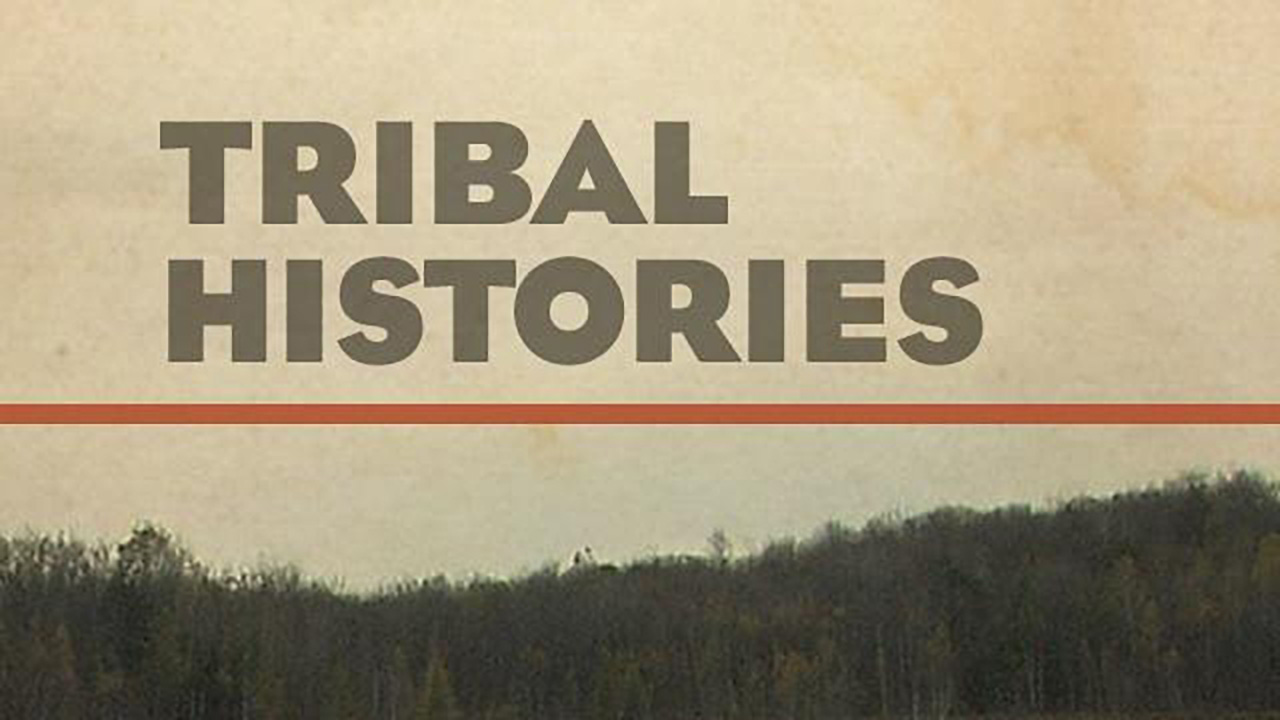
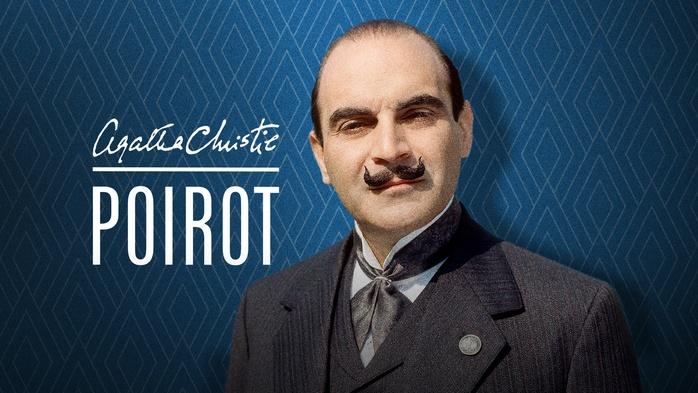





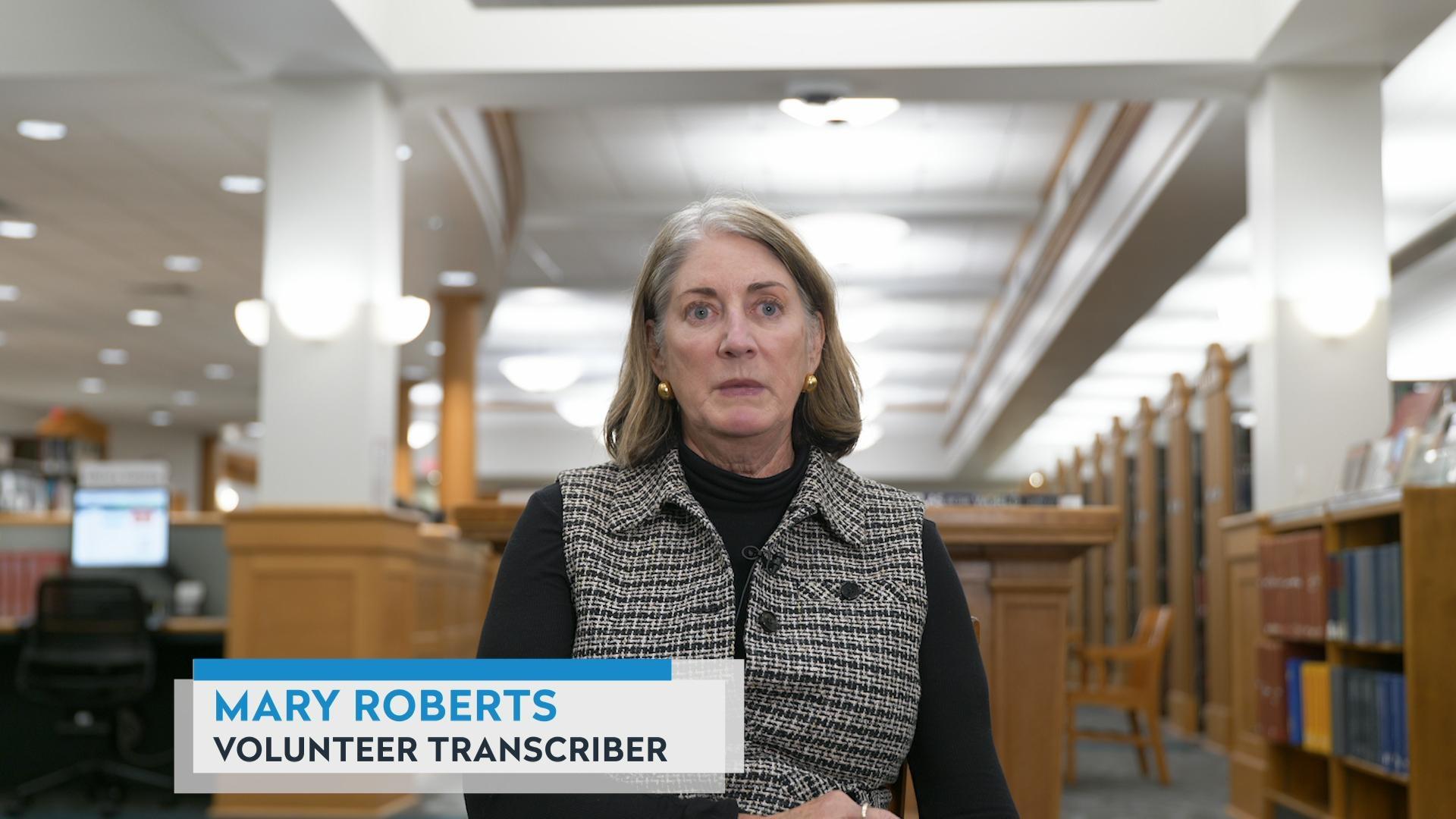

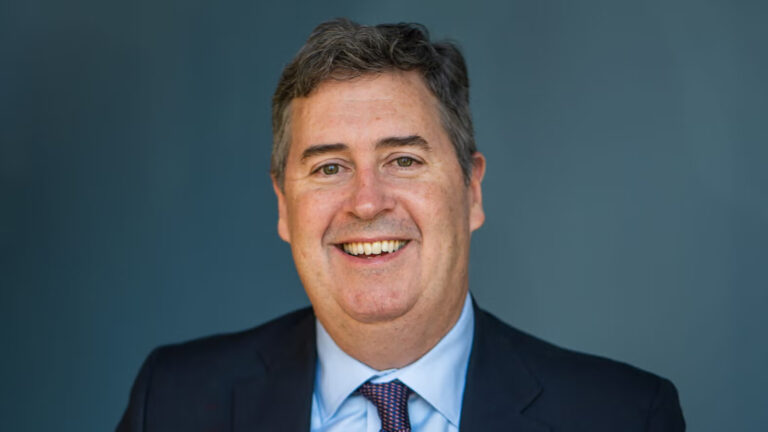

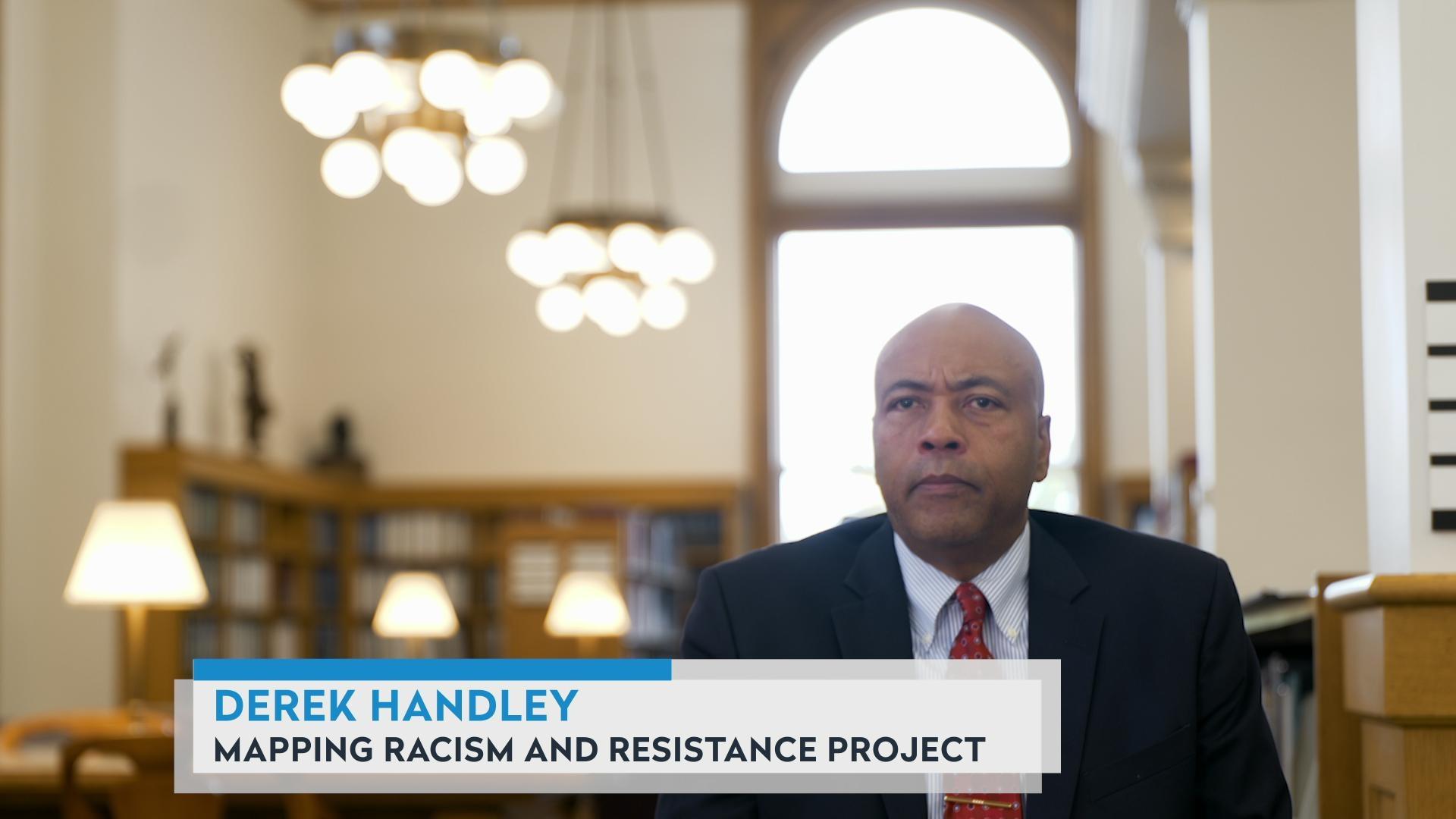
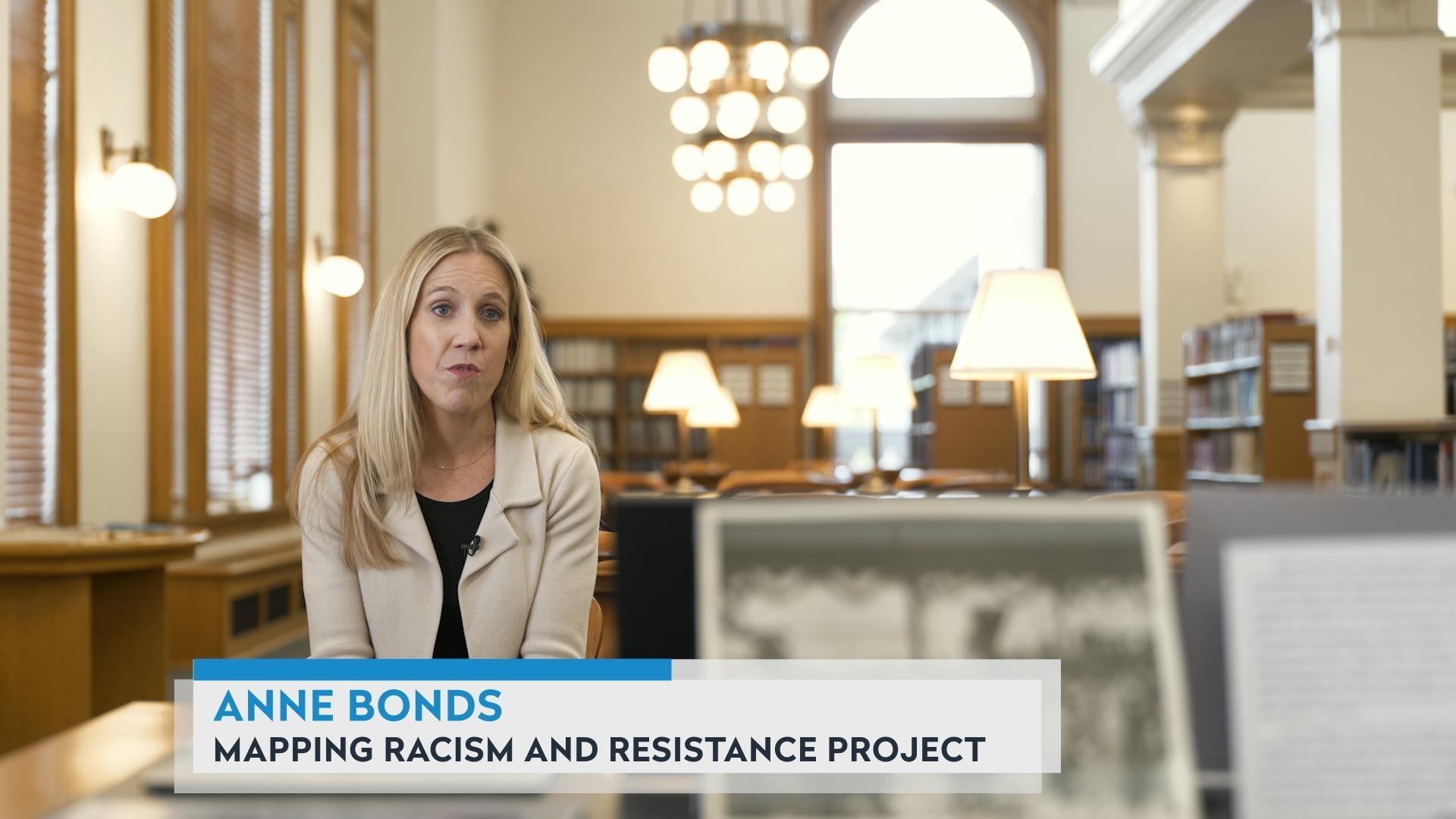

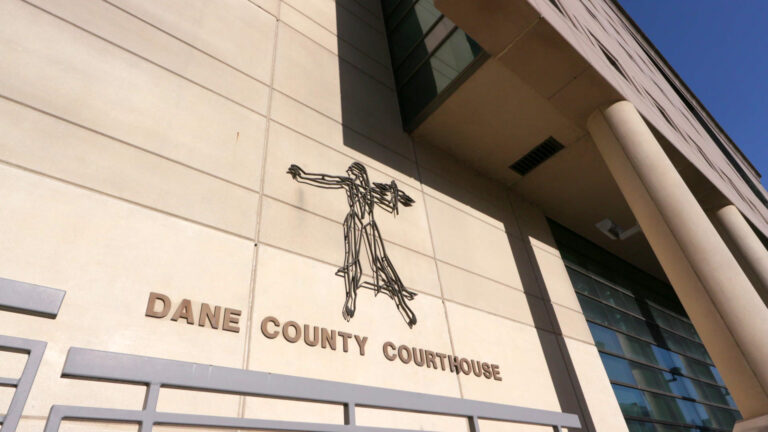

Follow Us